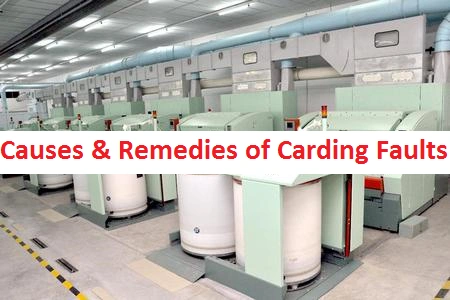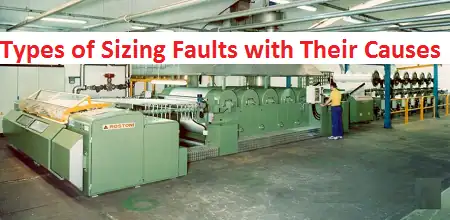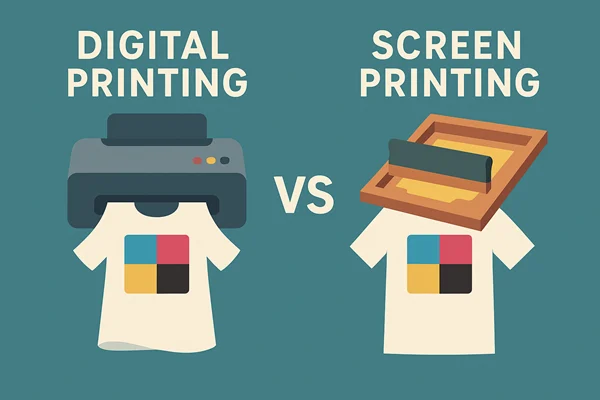Carding Faults Causes and Remedies of Spinning Mill
Carding Machine Faults:
Carding is known as the heart of total spinning, the second process in the spinning mill. The carding machine produces sliver from processing laps. In the total process of carding, various faults arise, which are deeply discussed in this article. Here, we present details on the Carding Faults Causes and Remedies of Spinning Mill.
Carding is the process of opening, cleaning, and mixing fibers so that uniform sliver can be produced. It is a vulnerable process, prone to many types of faults that can affect spinning mill productivity and the quality of the final goods. Carding faults may originate from mechanical, machine-setting, or raw material inconsistencies in some cases. Understanding the causes of carding faults and applying corrective actions is essential for securing premium production standards and minimizing waste. The discussion here will present an elucidation on carding faults mostly occurring in spinning mills and possible solutions to resolve those problems.

List of Carding Faults in Spinning:
All the faults of the carding process have been pointed out in below:
- Variation of sliver,
- Web sagging,
- Hole in web,
- Cloudy web,
- High nep count.
Reasons and Remedies of Carding Faults in Spinning:
1. Variation of sliver:
Causes:
- Uneven and irregular lap feed.
- Wider setting of taker into cylinder and feed plate to feed roller.
- Excessive tension between calendar roller to coiler head.
- Due to damage of calendar roller or doffer or feed plate.
Remedies:
- Lap feeding should be even and regular.
- Perfect setting should be kept at feed plate to feed roller and taker in to cylinder.
- Required tension should be applied between calendar roller to coiler head.
- Fault free calendar roller or feed plate or doffer should be used.
2. Web sagging:
Causes:
- Lower amount of humidity.
- Excessive doffer speed.
- Tension draft lower among cylinder and doffer.
Remedies:
- Humidity should be kept at 50-60%.
- Required amount of doffer speed should be used.
- Increasing tension draft among doffer and cylinder.
3. Hole in web:
Causes:
- Different heights of wire points.
- Faulty wire on doffer or card.
Remedies:
- Wire height should be same for all.
- Fault free wire should be used on card or doffer.
4. Cloudy web:
Causes:
- Wide setting among flats and cylinder.
- Over loading of wire.
- Defective wire on flats, doffer, taker in and cylinder.
Remedies:
- Exact setting should be applied between cylinder and flats.
- Grinding the organs of card.
- Fault free wire should be used on doffer, cylinder, taker in and flats.
5. High nep count:
Causes:
- Too wide setting among flat and cylinder or cylinder and doffer.
- Higher amount of relative humidity %.
- Faulty doffer, taker in wire.
- Improper setting among cylinder to flat and cylinder to doffer.
Remedies:
- Perfect settings have to use between carding cylinder and doffer or flat and cylinder.
- Relative humidity% should be perfect.
- Damage free taker in or doffer wire have to use.
- Correct setting have to applied between cylinder to doffer and cylinder to flat.
In spinning mills, carding is a vital step, and the efficiency of the carding process is very important for good quality yarn production. In practice, fault generation from carding is bound to occur, but tracing back the issues to their root cause and implementing the best remedy can check its effect. Primary contributors to these faults include mechanical, operational settings of the spinning machines and quality alterations in raw materials that affect carding.
Doing regular maintenance, setting machine parameters to the best possible, and controlling fiber quality will minimize carding faults and enhance productivity. Taking care of these issues offers a twofold advantage, as it helps elevate yarn quality and boost sustainability along with the textile manufacturing process. All in all, a proactive approach toward carding faults is quintessential for the operational excellence of spinning mills.



